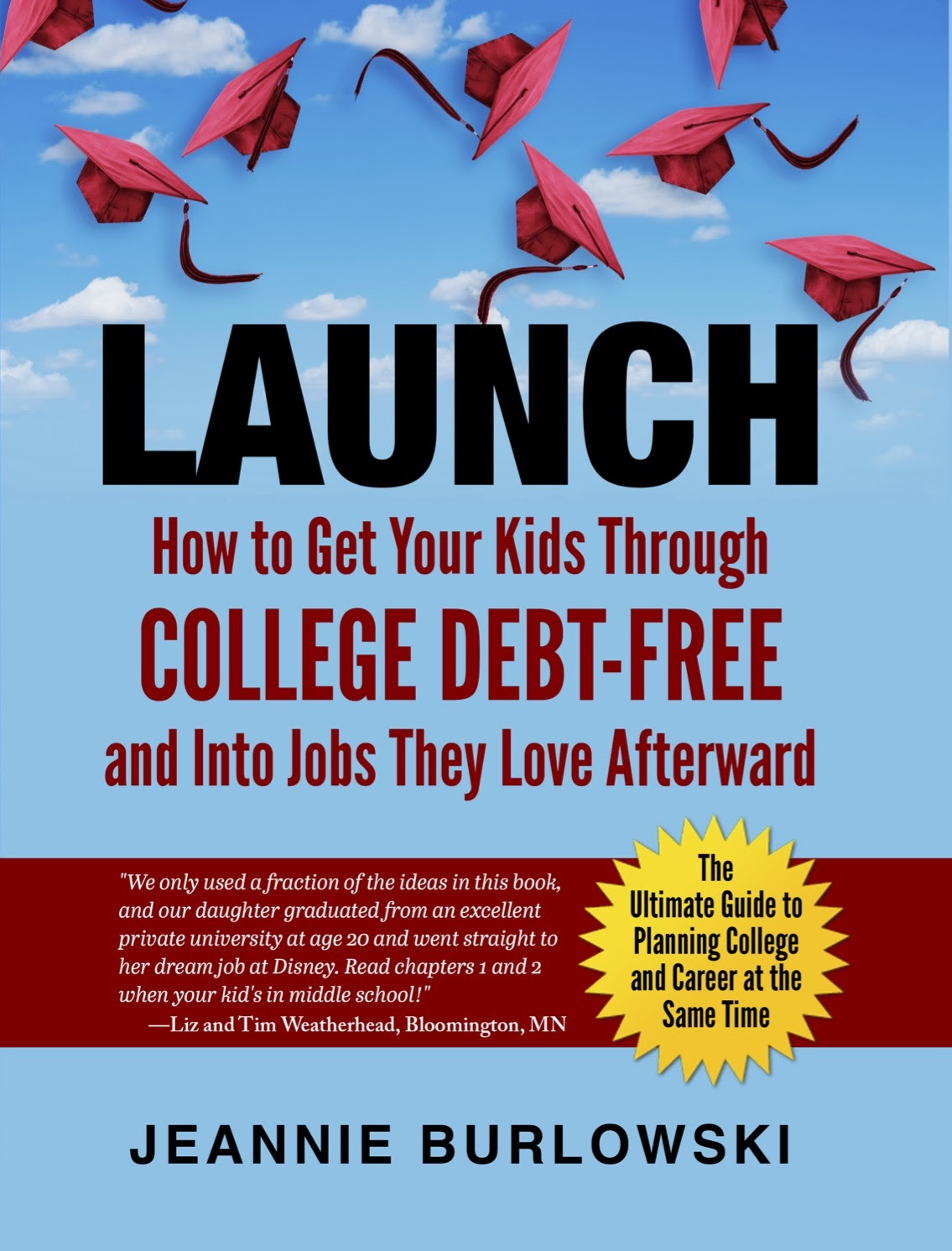Increasingly, school staff are saying yes.
For students who are achieving at high enough levels academically to do so, yes.
Both public and private high schools are working to come up with new and better ways for students to do this—often at state expense, which can save parents thousands on eventual college costs.
My position is, “If a student can take a college course in high school and have it count for both college credit and high school credit at the same time—let’s do it!”

AP classes declining in popularity
For years, high schools offered Advanced Placement (AP) classes in an effort to help high-achieving students earn some college credit before age 18, but in recent years, concern about the AP program has caused its popularity to plummet. Fewer than 50% of students who take AP courses actually end up receiving the college credit they’re promised, and that makes AP the least dependable way to earn college credit in high school.
This Atlantic article goes so far as to tell parents bluntly, “AP classes are a scam” and “AP students are being suckered.” I don’t go that far. I think AP classes are great for 9th and 10th graders who (in most states) are too young to take real college classes in high school.
Students who take real college courses in high school enjoy 7 significant advantages:
1. They increase their chances of being admitted to the colleges they’d most like to attend, since college admissions committees see that they’ve already opted to take the toughest academic road in high school.
2. As high school seniors, they’re stronger candidates for the free money merit aid that colleges extend to highly qualified applicants they’re especially hoping to attract.
3. When they get to college, they aren’t usually asked to sit through (or pay for!) expensive remedial classes that give them no actual college credit.
4. They walk onto their eventual college campuses with confidence. They know how to organize themselves to accomplish college-level work, because they’ve already had substantial experience with it.
5. They may be able to move an entire year (or two) sooner into the more advanced, more interesting college courses that apply most directly to their future career fields.
6. They will have the option of being able to take somewhat lighter class loads each semester they’re in college and still graduate in four years or less. They’ll make sure they still qualify as full-time students, but they won’t need to pack every semester tightly with classes in order to earn all the credits necessary to graduate on time. They’ll end up with more time each semester to work on their more advanced classes, and they’ll also have more time available for the committed volunteering and interning in their career field that is so important to their future career success.
7. They typically save massive amounts of money on college costs.
As I’ve written before — with a little specialized academic support, highly motivated high school students can both succeed at college classes in 11th and 12th grade, and, at the same time, still have “the full high school experience.”
Private education, especially, is benefitting from having students take real college courses in 11th and 12th grades.
Private high schools have the flexibility to create innovative in-school programs where students as young as 11th grade are able to take real college classes for real college credit during the school day, while still having a full, enriching high school experience.
Innovation like this works out well for parents, schools, and students. Parents find it easier to pay private school tuition when they know their future college costs are going to be lower, schools are able to brag that many of their students are graduating high school with as much as two years of college credit already completed, and students who are ready to achieve can dive into real college work as soon as soon as they’re ready for it, efficiently earning college credit and high school credit at the same time.
“But . . . will college courses taken in high school transfer?”
The high school student, in this situation, has all the power.
When she discovers while googling that some college she’s considering is going to refuse to accept the real college credits she’s earned in high school, she can simply say, “Well, I’m not applying to that college! There are plenty of others that’ll be happy to accept the college credits I worked hard to earn in 11th and 12th grades.”
The good news is that the majority of the time, real college courses will transfer to the student’s future undergraduate institution. And if they don’t for some reason? The student will still have enjoyed a rigorous, enriching academic experience during 11th and 12th grades, and that will give him or her a strong foundation on which to build later.
I provide additional important information on this subject in Chapters 9, 12, 14, 16, and 17 of my book:
Important—> It’s a reference book, so nobody reads the whole thing cover to cover. Pick out what you need to read in it using the fast-paced, 10-minute video instructions here.
You can see hundreds of reviews of this book on Amazon by going to:
Read just one chapter of LAUNCH every 1–3 months while your child’s in middle school and high school, and you’ll know every viable strategy for debt-free college at exactly the right time to implement it.
And if your child’s already well past middle school? That’s OK; you can run to catch up. But the process of getting your kids through college debt-free goes more smoothly the earlier you start—especially if you’re not planning to save up any money to pay for college.
Let's you and I walk together toward the goal of debt-free college for your kids.
We can accomplish this no matter your current income level—even if your kids never get a single scholarship.
Your first step is getting regularly scheduled, free helpful articles from me—right in your email inbox. Quick, sign up here.
Do you have very specific questions for me about debt-free college and career for your kids?
My TRIBE Members get the most direct access to me—while feeling good that the pennies per day they spend on the TRIBE help me bring debt-free college strategy to families who could never afford to pay for it. Join my TRIBE Membership waiting list here.
Who is Jeannie Burlowski?
Jeannie is a full-time academic strategist, podcast host, and sought-after speaker for students ages 12–26, their parents, and the professionals who serve them. Her writing, speaking, and podcasting help parents set their kids up to graduate college debt-free, ready to jump directly into careers they excel at and love. Her work has been featured in publications such as The Huffington Post, USA Today, Parents Magazine, and US News & World Report, as well as on CBS News.
Jeannie also helps students apply to law, medical, business, and grad school at her website GetIntoMedSchool.com. You can follow her on Bluesky @jburlowski.bsky.social.
No part of this article was written using AI.
This article was updated on July 11th, 2025.


